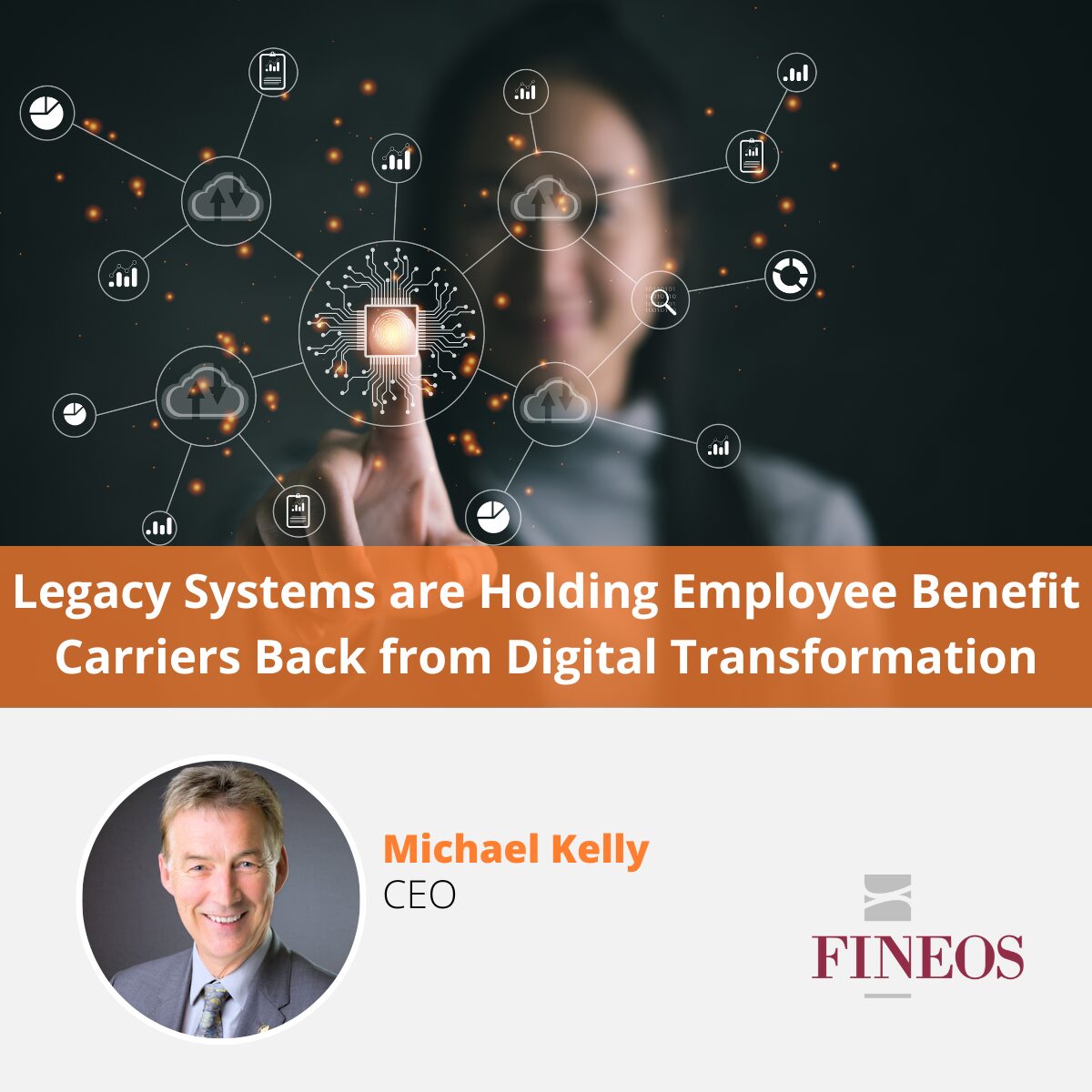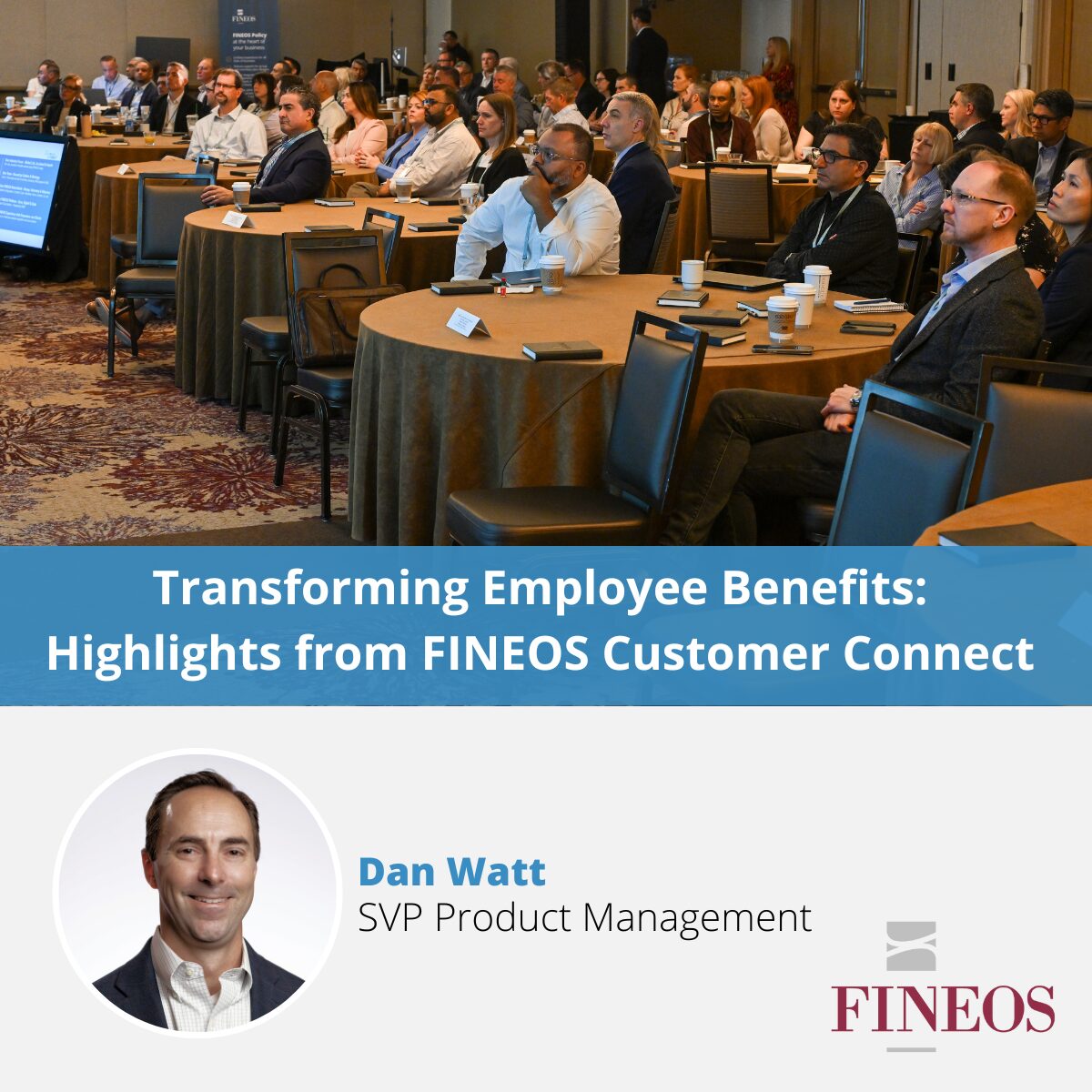I’ve been reflecting on the latest LIMRA Enrollment Technology Strategy Seminar (ETSS). I am struck that while many things change, just as many stay the same. Such is the case of the dynamics surrounding the key area that dictates voluntary benefits success: Enrollment.
Enrollment is the foundation that supports the employer voluntary benefits strategy. Further, as more traditional employee benefit plans continue to shift more of the cost from the employer to the employee as well as more non-traditional employee funded plans are introduced, the entire employer’s employee benefit strategy’s success hinges on a successful enrollment strategy. The best designed employee benefit plan will fail without enrollment. And so it goes – without enrollment you don’t have an employee benefit but simply a very nice brochure.
Looking back at ETSS 2020, it occurred to me that while we have advanced the conversation regarding user experience, fraud detection, etc., as an industry we still struggle with three key enrollment principles and therefore voluntary strategies. Because as previously stated, if you don’t have enrollment locked in, your benefits strategy will fail.
The three key pieces are timeless and consistently drive the success or failure of the enrollment strategy:
- Communication. More specifically, the ability to communicate the value, the plan, and the true cost to the customer. For many of the benefit plans, the majority of buyers don’t understand what they are being offered. Worse yet, if they do buy, they don’t know how to leverage the true benefit and ultimately the security of the benefits. This is shocking. We’re not talking about trying to explain to a pre-teen why we still refer to a remote control as a clicker. We’re talking about accident insurance, which is a key benefit plan for all generations to leverage. This should be clear, but unfortunately most consumers still do not agree. So how do we bridge the gap? How do we educate effectively so the consumer can purchase coverage and understand how the policy works? The answer is less clear, but the platform or practice who educates effectively can win the day. Remember, these benefits are thought of after Medical, Dental and Vision coverage… and the budget is already been reduced by the big hitters. Tailored communication to the medium and the audience with simple language about what matters to the customer. The customer has very little attention left, so use it wisely.
- Payment. Nothing in life is free. The same can be said for the technology or resources used during the enrollment process. This encompasses online enrollment, brochures, mailers, onsite enrollers, etc. Who pays for this? Ultimately it is the customer, and that’s not a secret. Even if the carrier is “funding” the process, they will ultimately fund that budget via rate increases across another part of the business. Again, nothing is free. However, that’s not the issue. The issue is clarity on cost, transparency, and accountability. The answer is to clearly lay out and explain who is being reimbursed, when, and for how much in both plain English with agreements between the vendor and insurer. Additionally, the ability to measure and hold accountable the parties being reimbursed is key.
- Planning. Everyone loves when a plan comes together but not everyone wants to spend time planning. Planning how you execute enrollment with the various parties during the enrollment peak season (i.e. Sept – Dec) is critical to your success both in the enrollment and the subsequent retention of that employer or enrollee. Back in high school, my history teacher had a saying “The time for studying for finals is…. NOW”. Same can said for annual enrollment. The time to plan for annual enrollment is NOW. If you are putting your plans together for enrollment in August, good luck. The time to plan and work with your key partners in the broker, benefits administration, and enrollment space is Q1. Fresh off the stress of Q4, the wounds are fresh and the memory clear… so address what went awry, build strategic plans for Q4 and execute on the plan setup in Q2/Q3, so that annual enrollment is a plan that comes together instead of a best laid plan.
The more things change the more they stay the same. Execute well on the basics and you’ll be happy with the long-term outcome. The aforementioned items are the basics of voluntary enrollment. They have been around since the beginning of the voluntary and benefits administration explosion of 10-12 years ago and will be present for the foreseeable future. Nail the basics and you’ll change the success you’re having in enrollment.
FINEOS AdminSuite is a key enabler to enrollment and overall customer success. The only purpose built platform in the industry, FINEOS AdminSuite, provides the one source of truth for your policy and member data. With a current source of truth integrated via API to the broader benefits administration eco-system, you can dictate enrollment success driving greater client satisfaction and increased profitability. If you would like to talk to me further, please get in touch.


